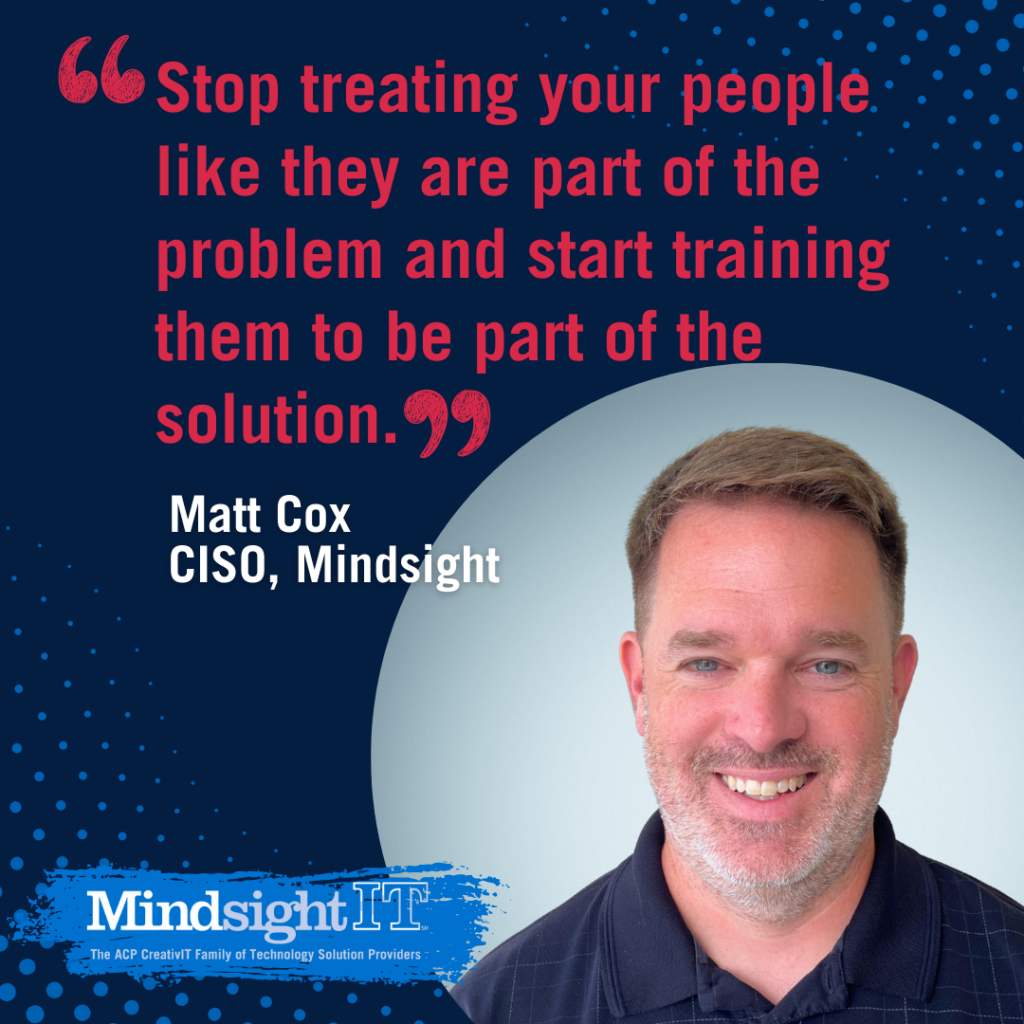May 30, 2019 by Siobhan Climer and Igor Nayshtut
If you haven’t received a spam or robocall this year, TELL US YOUR SECRETS! As the FCC and globally-reaching institutions attempt to crack down on fraudulent calls, it seems the challenges only become more complex.
What Solutions Exist Today?
In 2018, there were an estimated 48 BILLION robocalls. And it’s not getting any better. March 2019 alone saw approximately 5.63 billion robocalls.
The most common solution is caller ID blocking. And sure, you can block specific numbers via your caller ID. Unfortunately, fraudsters have easy access to call-spoofing technology that produces new and locally recognizable numbers and area codes.
Blocking individual numbers is equivalent to trying to mow your lawn by picking individual blades of grass by hand. It won’t solve the problem.
Since 2016, the telecom industry has been developing standards to help authenticate call sources. These dual standards, called STIR and SHAKEN, will be able to easily flag untrustworthy spoofed numbers.
But will it be enough?
Want to know more about VoIP and contact center technologies? Join our team for weekly whiteboard sessions, where we talk through your current environment and how technology can help you reach your business goals.
What Do Robocalls Look Like?
Spammers are ever-inventive, finding new scripts and methods to make robocalls profitable. In a recent spam scenario, the call only rings once. Aptly named the ‘One Ring’ scheme, this prompts many victims to call back the number. Unfortunately, the call-back is routed to an incredibly expensive international phone line. The victim is then charged for the call and the spammers receive a percentage of that fee.
Easy-peasy.
Many individuals also receive calls that come from their local area code and the first three digits of their own number. This spoofing preys on victims’ comfort with the familiar. Perhaps the caller is a friend or family member with a new number?
When the victim picks up the line, there may not even be anyone there. That’s because these robocalls are validating a person owns the number. By picking up the line, the victim has verified the number is valuable. Fraudsters can then sell that number as authenticated to other malicious entities.
These don’t even include the number of robocalls that offer “free all-inclusive trips to Tahiti” or “important information about your account”. The scams are endless.
And, even if they only work sometimes, “sometimes” in 48 billion cases is enough to make robocalls a lucrative business model.
Who Will Solve The Robocall Plague?
While the FCC and the FTC have made multiple attempts to crack down on the issue – beginning with the TCPA in 1991 and more recently enacting the Robocall Strike Force in 2016 – it is likely that the problem will remain unsolved.
As the Alliance for Telecommunications Industry Solutions’ (ATIS) senior technology consultant Jim McEachern stated in an interview with Wired:
“There is no silver bullet. You build tools and protective capabilities and mitigation techniques. This is not a problem that you solve.”
Recommendations In The Meantime
The FCC offers several tips for consumers that include ignoring unknown numbers, registering for the national – and surprisingly still existent – Do Not Call list, and protecting your personally identifiable information (PII).
 For businesses, the challenges are greater. Contact centers and businesses can’t just not pick up the phone – it could be a customer. The costs are enormous, too. In a case that netted a fine of $120 million, two companies owned by Adrian Abramovich committed a massive robocall scam that resulted in thousands of bad reviews for TripAdvisor, Marriott, and other companies.
For businesses, the challenges are greater. Contact centers and businesses can’t just not pick up the phone – it could be a customer. The costs are enormous, too. In a case that netted a fine of $120 million, two companies owned by Adrian Abramovich committed a massive robocall scam that resulted in thousands of bad reviews for TripAdvisor, Marriott, and other companies.
Whether its reputation, lost business, or simply time, robocalls can put a significant dent in an organization. Implementing fraud detection technologies are one step businesses can take to mitigate the problem
In the end, though, businesses need to remain vigilant and engaged in the conversation between carriers, telecoms, and the government, ensuring their voices are heard as new standards, regulations, and technologies seek to resolve the robocall plague.
To find out how contact center technologies handle robocalls and help improve efficiencies through queueing, routing, and workforce management, schedule a complimentary Demo Day with Mindsight engineers who help to solve your toughest technology challenges.
Like what you read?
Contact us today to discuss robocalls and collaboration technologies.
About Mindsight
Mindsight, a Chicago IT services provider, is an extension of your team. Our culture is built on transparency and trust, and our team is made up of extraordinary people – the kinds of people you would hire. We have one of the largest expert-level engineering teams delivering the full spectrum of IT services and solutions, from cloud to infrastructure, collaboration to contact center. Our highly-certified engineers and process-oriented excellence have certainly been key to our success. But what really sets us apart is our straightforward and honest approach to every conversation, whether it is for an emerging business or global enterprise. Our customers rely on our thought leadership, responsiveness, and dedication to solving their toughest technology challenges.
Contact us at GoMindsight.com.
About The Author
Siobhan Climer, Science and Technology Writer for Mindsight, writes about technology trends in education, healthcare, and business. She previously taught STEM programs in elementary classrooms and museums, and writes extensively about cybersecurity, disaster recovery, cloud services, backups, data storage, network infrastructure, and the contact center. When she’s not writing tech, she’s writing fantasy, gardening, and exploring the world with her twin two-year old daughters. Find her on twitter @techtalksio.
Igor Nayshtut is the Collaboration Practice Manager at Mindsight, an IT Services and Consulting firm located in the Chicago area. With over 20 years of experience in information technology, specifically around Unified Communications, Igor has helped organizations understand the complexities around collaboration. Igor’s expertise lies in strategically designing collaboration and unified communication systems that improve efficiencies, reduce costs, and help businesses meet their objectives.





